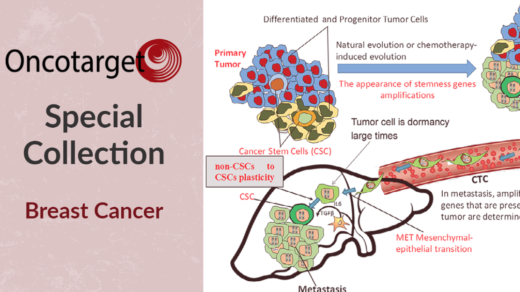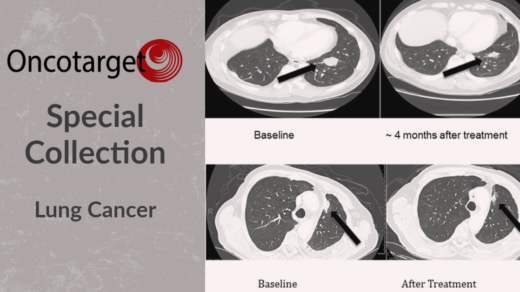In a new study, researchers investigated the activity of gartisertib, a potent ATR inhibitor, alone and in combination with standard therapy in multiple glioblastoma cell lines.
—
Glioblastoma is a type of brain cancer that is very aggressive and difficult to treat. The current standard treatment involves surgery, radiation therapy, and chemotherapy with a drug called temozolomide (TMZ). However, many glioblastoma cells can resist the DNA-damaging effects of TMZ and radiation by activating a mechanism called the DNA damage response (DDR). This mechanism, while beneficial in normal cells, is detrimental to cancer therapy because it allows cancer cells to repair damage and continue to grow and divide. There is a need to counteract this mechanism in glioblastoma cancer cells.
In a new study, researchers Mathew Lozinski, Nikola A. Bowden, Moira C. Graves, Michael Fay, Bryan W. Day, Brett W. Stringer, and Paul A. Tooney from University of Newcastle, Hunter Medical Research Institute, GenesisCare, QIMR Berghofer Medical Research Institute, and Griffith University found that a drug called gartisertib may overcome this resistance by inhibiting a key protein involved in the DDR, called ataxia-telangiectasia and Rad3-Related protein (ATR). On January 16, 2024, the researchers published their new research paper in Oncotarget’s Volume 15, entitled, “ATR inhibition using gartisertib enhances cell death and synergises with temozolomide and radiation in patient-derived glioblastoma cell lines.”
“Here, we investigated the activity of gartisertib, a potent ATR inhibitor, alone and in combination with TMZ and/or RT in 12 patient-derived glioblastoma cell lines.”
The Study
In this study, the team tested the effects of gartisertib alone and in combination with TMZ and radiation in 12 patient-derived glioblastoma cell lines. They found that gartisertib alone reduced the viability of glioblastoma cells, and that the sensitivity was associated with the frequency of DDR mutations and the expression of genes involved in the G2 phase of the cell cycle (the phase where cells prepare for division and check for DNA damage). The researchers also found that gartisertib enhanced the cell death induced by TMZ and radiation, and that the combination was more synergistic than TMZ and radiation alone.
Interestingly, gartisertib was more effective in glioblastoma cells that had unmethylated MGMT promoters and were resistant to TMZ and radiation. (MGMT is a gene that encodes an enzyme that can reverse the damage caused by TMZ, and its promoter is a region that controls its expression. Methylation is a chemical modification that can silence genes, so unmethylated MGMT promoters mean higher MGMT expression and more resistance to TMZ.) The researchers also analyzed the gene expression changes in glioblastoma cells treated with gartisertib, and found that the drug upregulated pathways related to the innate immune system. The researchers speculated that gartisertib may trigger an immune response against glioblastoma cells, which could enhance the anti-tumor effects of the drug.
“We showed that gartisertib alone potently reduced the cell viability of glioblastoma cell lines, where sensitivity was associated with the frequency of DDR mutations and higher expression of the G2 cell cycle pathway. ATR inhibition significantly enhanced cell death in combination with TMZ and RT and was shown to have higher synergy than TMZ+RT treatment. MGMT promoter unmethylated and TMZ+RT resistant glioblastoma cells were also more sensitive to gartisertib. Analysis of gene expression from gartisertib treated glioblastoma cells identified the upregulation of innate immune-related pathways.”
Conclusion
The study is the first to demonstrate the activity of gartisertib in patient-derived glioblastoma cell lines, and it provides evidence that ATR inhibition may be a promising strategy to improve the outcomes of glioblastoma patients. Gartisertib is a potent and selective inhibitor of ATR that has been tested in a phase 1 clinical trial for patients with advanced solid tumors. The researchers suggest that further studies are needed to evaluate the safety and efficacy of gartisertib in combination with TMZ and radiation in glioblastoma patients, and to explore the potential role of the immune system in mediating the anti-tumor effects of the drug.
“In conclusion, this study identifies gartisertib as a potent ATRi within patient-derived glioblastoma cell lines. […] Further investigation of the concept of ATR inhibition for treatment of brain tumours, especially in vivo with brain penetrant compounds, is needed to validate these findings. Lastly, ATR inhibition alters the gene expression of innate immune and inflammatory signalling pathways within glioblastoma cells, which requires additional validation and investigation as a strategy to provoke an immunomodulatory response.”
Click here to read the full research paper in Oncotarget.
—
Oncotarget is an open-access, peer-reviewed journal that has published primarily oncology-focused research papers since 2010. These papers are available to readers (at no cost and free of subscription barriers) in a continuous publishing format at Oncotarget.com. Oncotarget is indexed/archived on MEDLINE / PMC / PubMed.
Click here to subscribe to Oncotarget publication updates.
For media inquiries, please contact media@impactjournals.com.



